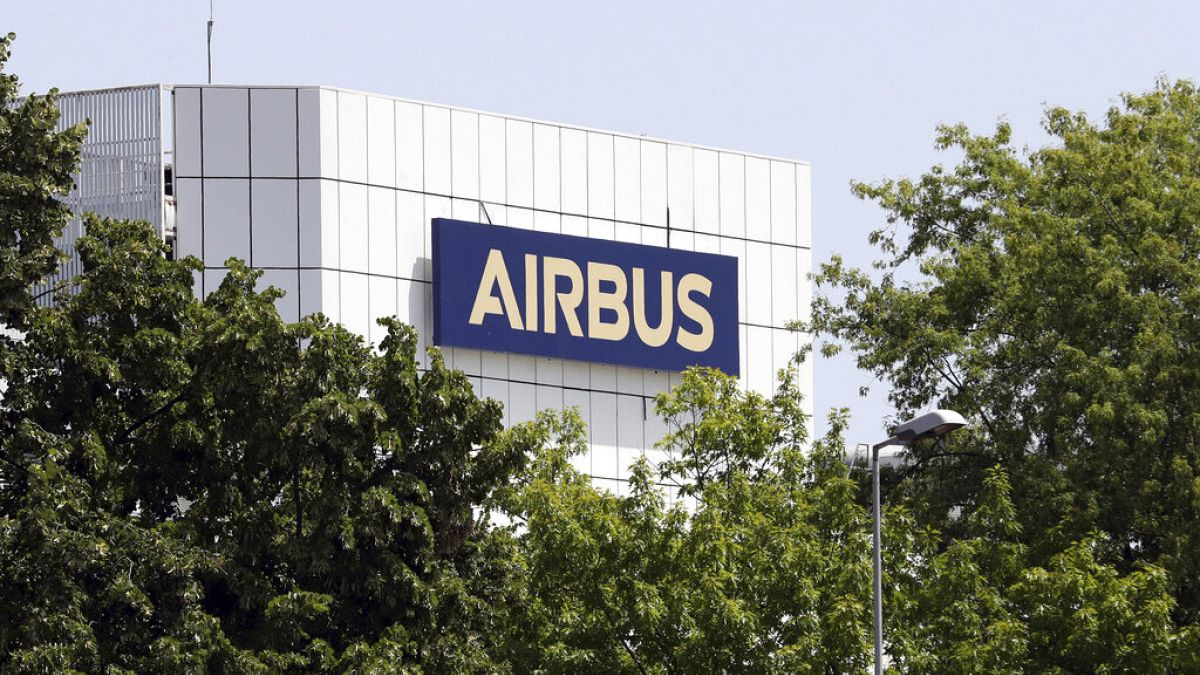Airbus which is fighting a wave of cheaper airliners from China has also reduced its forecasted deliveries for this year from 800 jets to 770 jets. It has also lowered its operating income targets.
Airbus has recently announced that it would be halting hiring cycles, as well as slashing costs, in order to battle a stream of cheaper aircraft from China.
The Commercial Aircraft Corporation of China (Comac) has been emerging as a potential rival to Airbus, and is currently preparing itself to significantly ramp up its aircraft exports and cement itself as a major player in the international airline market.
This in turn, has left Airbus making big moves to decrease costs per aircraft and well as increase productivity in other ways. In an effort to do so, the company has already communicated to its employees that some roles may have to be cut, along with capping the total number of jobs and white collar employees.
However, a formal redundancy programme will not be implemented.
Comac has significant state backing and a well-established and robust domestic market, which could provide it with the tools needed for international expansion. On the other hand, other competitors such as Boeing which, although struggling following a safety scandal recently, is expected to rebound strongly in the coming few months. If so, this could place more pressure on Airbus’ profit margins.
Airbus recently also decreased its expected deliveries for 2024 from 800 jets to 770. The company said on its website, “In commercial aircraft, Airbus is facing persistent specific supply chain issues mainly in engines, aerostructures and cabin equipment.”
In light of the updated 2024 delivery guidance, Airbus is likely to achieve a yearly growth of 5%, down from the expected 9%. Similarly, the underlying operating income forecast for the year has also come down to €5.5 billion, down from an expected range of €6.5 billion to €7 billion.
Airbus sees a revenue increase of 9% in Q1 2024
Airbus reported Q1 2024 year-on-year consolidated revenues of €12.8 billion, up from €11.8 billion in the corresponding quarter last year. However, consolidated earnings before interest and tax (EBIT) came up to €577 million, a steep fall from the €773 million seen in Q1 2023.
Airbus’ chief executive officer (CEO) Guillaume Faury said, in the company’s Q1 2024 results, “We delivered first quarter 2024 results against the backdrop of an operating environment that shows no sign of improvement. Geopolitical and supply chain tensions continue. In that context, we delivered 143 commercial aircraft.
“We started 2024 with a solid order intake across our businesses. The strong momentum on widebody aircraft underpins our decision to increase the production rate for the A350 to 12 aircraft a month in 2028. Our ramp up plans are continuing, supported by the investments in our productivity system while relying on our core pillars of safety, quality, integrity, compliance and security.”
Airbus has also recently partnered with Iberia, Air Nostrum, Aena, Exolum and Repsol to conduct research on Spain’s first hydrogen airport hub.
Regarding this, Karine Guenan, Airbus’ vice president ZEROe Ecosystem said on the company’s website, “At Airbus, the decarbonisation of aviation is one of our most important goals and the deployment of hydrogen powered commercial aircraft with its ecosystem is one of those key levers.
“Given Spain’s great potential in renewables and low carbon hydrogen production, it is essential that the aviation industry as a whole collaborates to secure a future end-to-end hydrogen supply chain up to the airports.”















